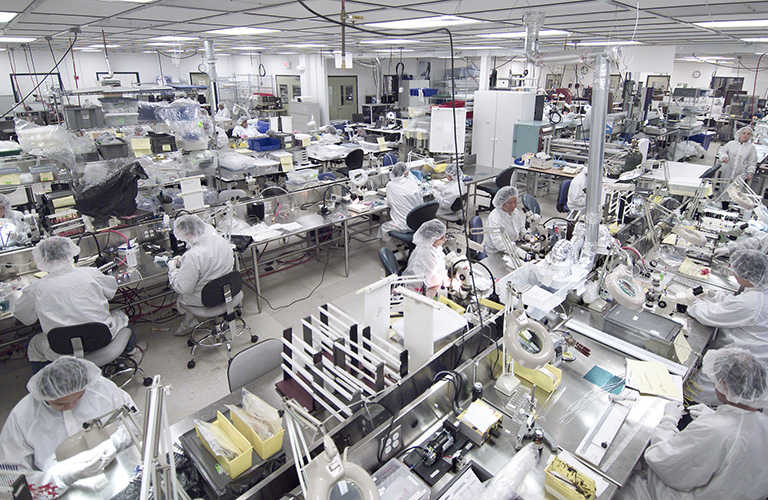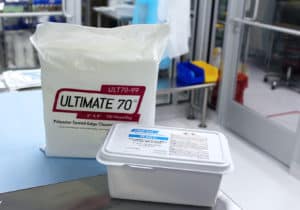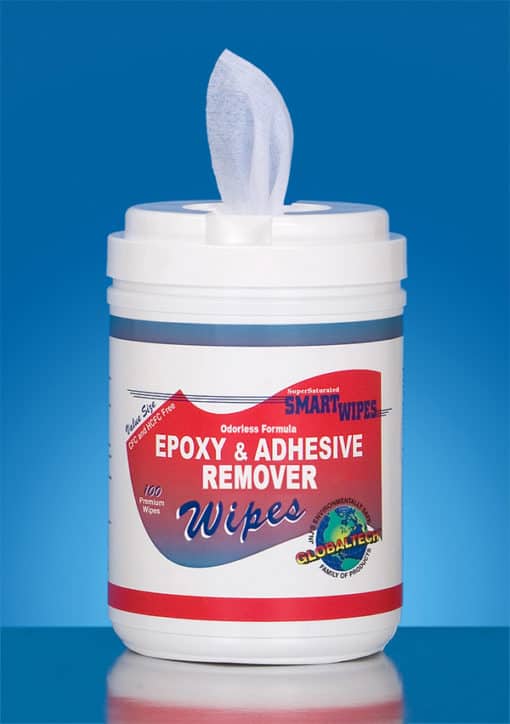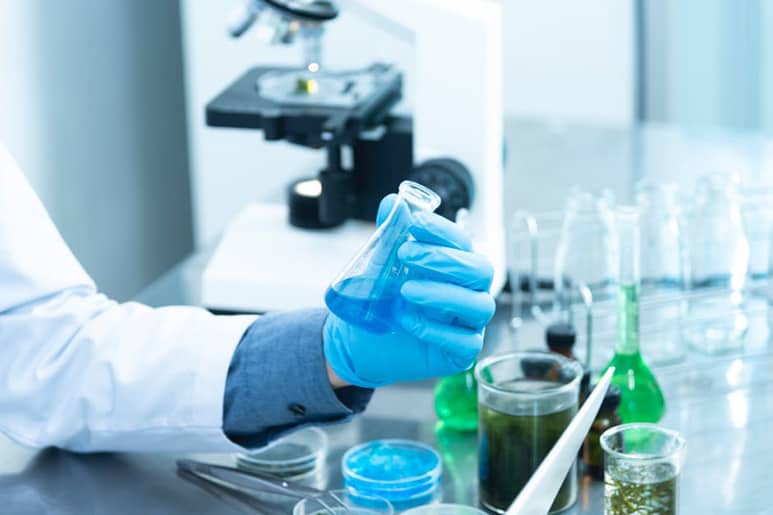Cleanroom News, General Topics
BSL Guidelines for Laboratory Safety and Class Ratings
Do you work in a location that involves biosafety risks? Are you familiar with the protocols set up to protect your safety?
Everyone working in biosafety risk settings must follow all guidelines and regulatory standards. Keep reading this article to ensure that you adhere to all BSL guidelines
Understanding Biological Safety Levels
Regulatory agencies have developed biological safety levels (BSLs). These standards serve to decrease the risk of exposure to infectious microbes.
The BSLs comprise four levels according to the risk level. Each level requires specific containment controls. These include laboratory practices, safety equipment, and facility construction.
BSL-1
BSL-1 designated labs work with organisms that don’t cause illness in healthy adults. The lab must adhere to routine microbiological practices.
Tasks take place on open lab benches or tables. Workers should wear personal protective equipment (PPE) as needed.
A BSL-1 lab facility must have doors to separate it from the facility. It must also have a handwashing sink. Personnel should use antibacterial soap to disinfected all surfaces.
BSL-2
Each BSL level builds on the previous one. Thus, microbes in a BSL-2 lab carry a moderate level hazard to lab workers and the environment. These organisms are often native to the area and cause various levels of disease severity.
This lab must have access restrictions during procedures. Employees wear PPE when working with microbes. If splashing or aerosolization might occur, the scientist works in a biological safety cabinet (BSC).
Disposal of contaminated materials uses either an autoclave or other decontamination methods. These labs contain self-closing doors as well as a sink and eyewash station.
BSL-3
Organisms used in a BSL-3 lab are either native or exotic. These microbes carry a serious to lethal disease risk. Transmission can occur via respiration.
All lab personnel undergo frequent medical exams and may receive immunizations against these microbes. Regulations require restricted and controlled access to the area at all times.
Lab workers wear PPE with respirators while working. All procedures use the BSC.
Lab workers must pass through 2 self-closing and locking doors to enter the room. Each room must have eyewash stations near the exit as well as a hands-free sinks. The rooms use a laminar airflow system to prevent the recirculation of particulate matter.
BSL-4
BSL-4 labs require the highest level of biological safety. The organisms in these labs are exotic and dangerous. They exhibit a high risk of airborne infection transmission. They are often fatal and have no known treatment or vaccines.
Personnel change clothes before entering the secured laboratory. Before leaving, they decontaminate all instruments used. After exiting the room, they must also shower.
Workers wear full PPE including a positive pressure suit with an air supply. All work is conducted inside the Class III BSC.
Labs must be located in a separate building or isolated and restricted from the main building. The airflow only goes into and out of this lab. All exhaust travels through a decontamination system.
Does Your Company Meet BSL Guidelines?
If your business works with microbes, it must comply with all BSL guidelines. This article reviewed these guidelines to assist you in meeting the standard.
At High-Tech Conversion, we offer innovative supplies and products to meet BSL regulations. Our products ensure controlled environments and include PPE needed for your employees.
Contact us today to ask questions and learn more about our products.




